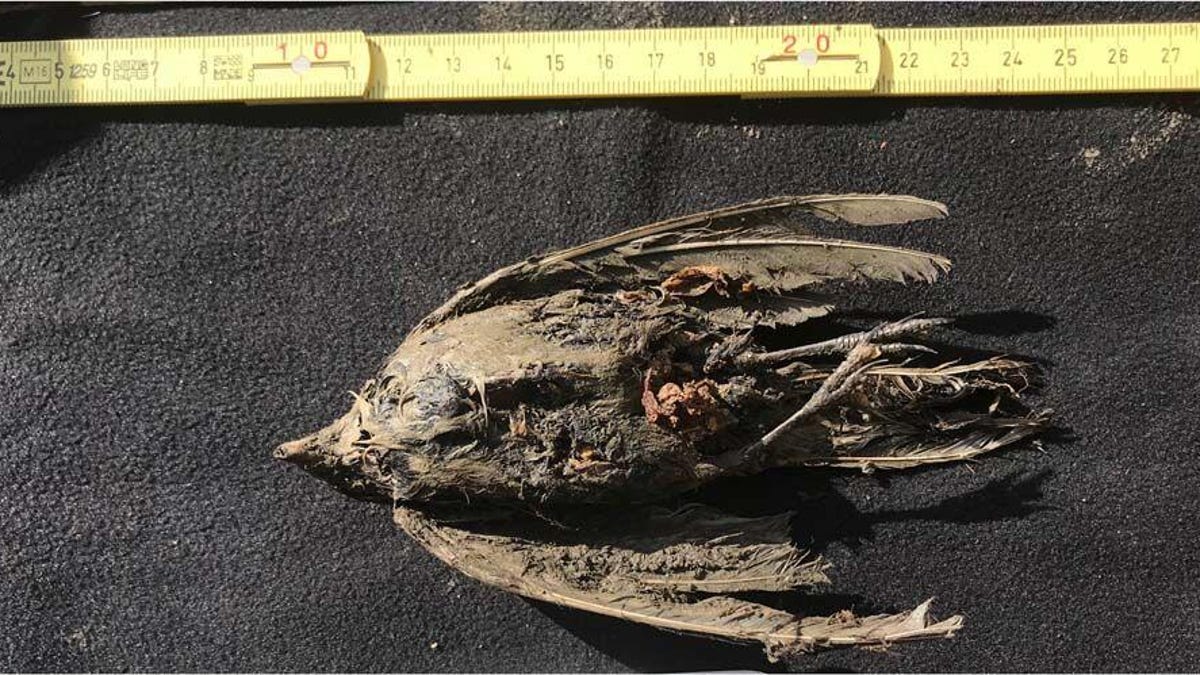A 46,000-year-old bird carcass provides clues to evolution and climate change
The remains of an ancient horned lark were discovered frozen in the Siberian permafrost.

A preserved ancient horned lark was discovered in Siberia.
The carcass of a bird that flew 46,000 years ago was discovered in Siberia and determined to be an ancient horned lark. The bird -- exceptionally preserved in the permafrost in the Belaya Gora area of northeastern Siberia -- is helping scientists understand the evolution of larks, which can help determine past climate events. The discovery, reported earlier by CNN, was published in an article in the Communications Biology journal on Friday.
Around 50 mg of the bird's tissue was used for DNA extraction and genome sequencing, finding a 100% match with the horned lark. The bird hails from the Pleistocene period, which took place between 2.6 million to 11,700 years ago.
"Pleistocene tissue remains recovered from permafrost ... have the potential to become instrumental in better understanding processes such as biological regulation and gene expression in relation to past climate change," the authors said.
The frozen bird was radiocarbon-dated to an age of between 44,163 and 48,752 years. Finding an entire frozen carcass provides more opportunities for testing than skeletal remains do.
"For instance, molecular identification of the sex of animal remains ... allows for investigations into the behavioural ecology of extinct species," the journal article said. "[And] sequencing of mitochondrial or nuclear genomes can enable studies of temporal range shifts associated with past climatic fluctuations."
The authors are from a range of institutions across the world, including the Swedish Museum of Natural History, Stockholm University, Lund University, University of Maine, University of Michigan, The Academy of Science of the Sakha Republic and the Natural History Museum in London.

